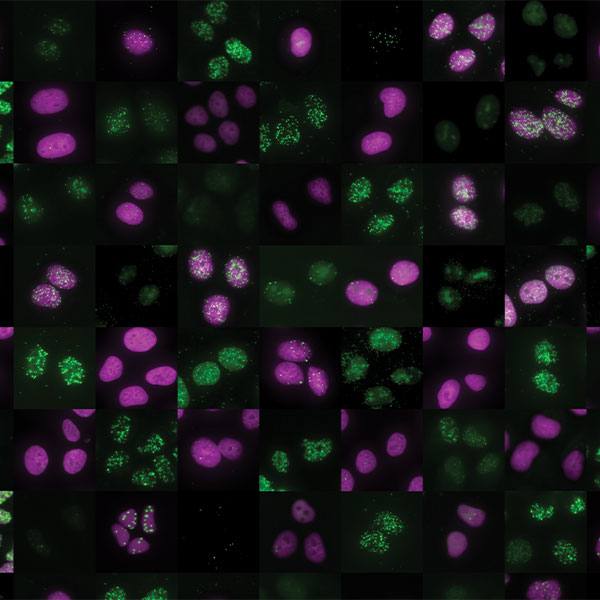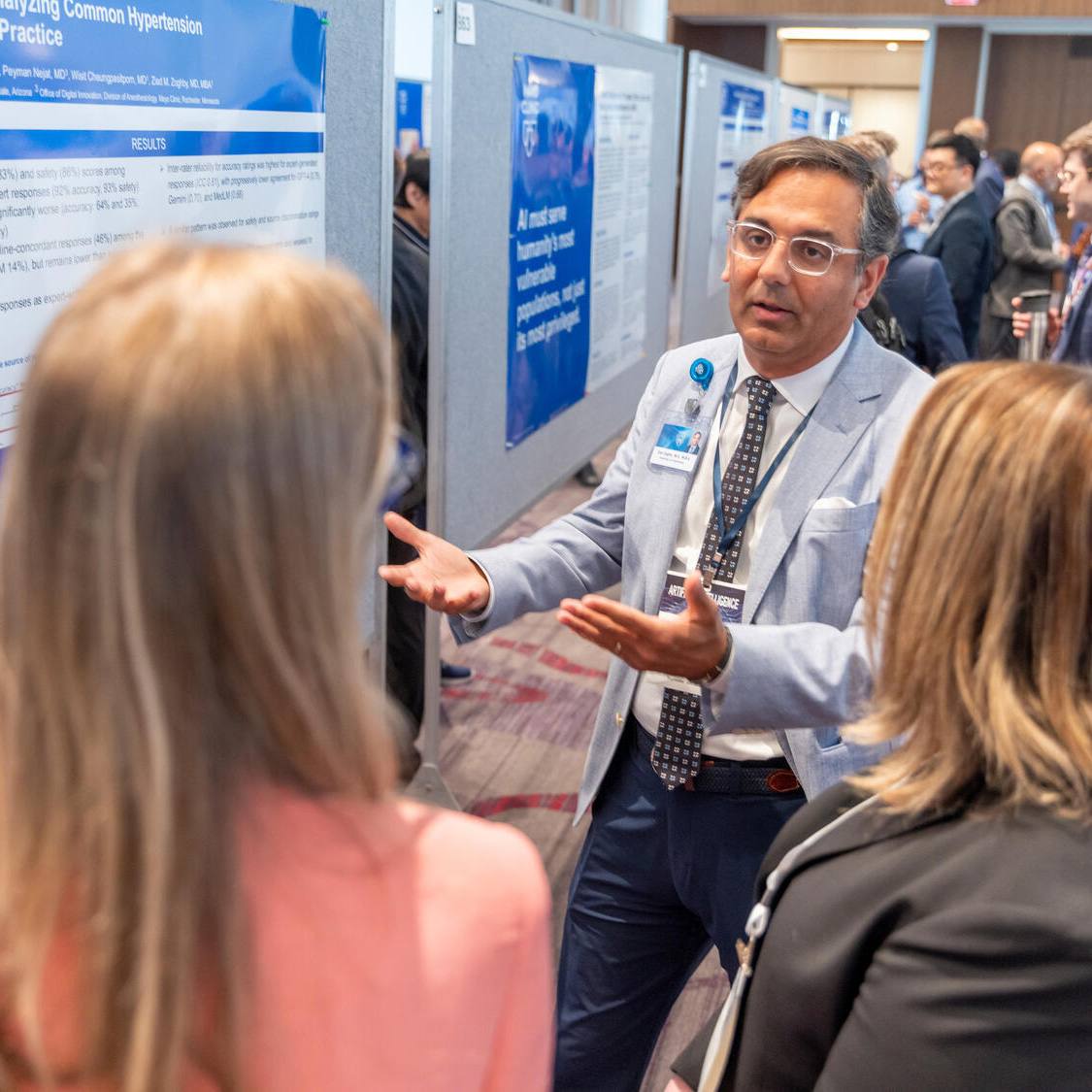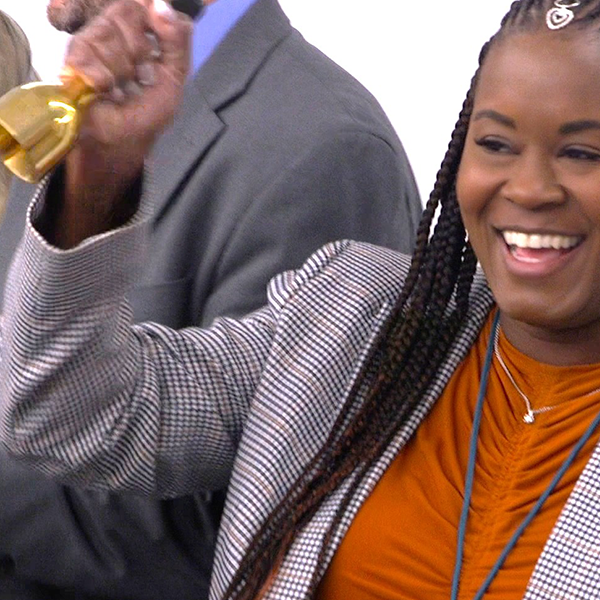-
Preclinical Studies Examine Cholesterol’s Role in Healing After Spinal Injury
Spinal cord injury is a life-changing medical event that affects almost 18,000 people in the U.S. each year. Medical advances are improving prognosis for these patients, pushing care forward one experiment at a time. Now two papers from Mayo are adding to the effort.
Published in February, one paper in Spinal Cord Series and Cases, examines the use of statins and their association with recovery after spinal cord injury. The second paper, published the same month in Neurobiology of Disease, examines spinal cord injury via a cellular receptor linked to cholesterol. Together, the papers clarify how the body's ability to make cholesterol aids nervous system recovery and begins to ask what can be done for people with a spinal cord injury.
"All of us have the innate capacity for repair and regeneration," says Isobel Scarisbrick, Ph.D., senior author on the papers and head of the Neurologic Rehabilitation Research program within Mayo Clinic's Center for Regenerative Medicine. But that capacity for repair changes with age. Unlike skin or other tissues, neurons do not knit back together after injury.

The basic unit of communication in the nervous system is the nerve cell (neuron). Each nerve cell consists of the cell body, which includes the nucleus, a major branching fiber (axon) and numerous smaller branching fibers (dendrites). The myelin sheath is fatty material that covers, insulates and protects nerves of the brain and spinal cord.
"At a young age when the nervous system is damaged, you see the capacity for repair. But in an adult, you see that it's trying to repair, but there are stop signals," she says. Which is good, she says, because our brains couldn't function as well if this pruning didn't take place.
"So there are some brakes, and what we've discovered is that the thrombin receptor is part of that braking system," says Dr. Scarisbrick.
Building on Past Research
Dr. Scarisbrick and the lab reported in 2019 that an enzyme called thrombin, known to help stop bleeding, also interferes with the action of stem cells. Thrombin links up to stem cells through a receptor called PAR1 and acts as an off switch. In 2020, the lab reported that in animal models, when PAR1 is switched off, regeneration of the substance that insulates nerves called myelin, is switched on. They also found some evidence that PAR1 interacts with a substance that keeps cells healthy, called brain-derived neurotropic factor.
"Everyone would agree that brain-derived neurotrophic factor is a magic elixir for regeneration," says Dr. Scarisbrick. "But in the adult, it doesn't work as well. The nervous system puts a brake on its use, and there isn't a lot of it in the injury microenvironment."
In the Neurobiology of Disease paper, the authors, led by Erin Triplet, Ph.D., a Mayo Clinic M.D.-Ph.D. program student, expanded on the role of PAR1 in the nervous system and its interaction with brain-derived neurotrophic factor.
"When PAR1 is deleted, the most dramatic changes were increases in the cellular machinery that makes lipids and cholesterol," says Dr. Triplet. "Since the brain and spinal cord are so rich in these molecules, it was a natural hypothesis that part of the positive effect seen with blocking PAR1 was due this increased production."
The researchers compared genetically normal mice with a mouse line developed without genetic instructions for PAR1. They found that after spinal cord injury, mice without PAR1 had more cholesterol-making ability and tended to show better recovery. To test this theory in human cells, Dr. Triplet and the team sourced human neuronal cells from recent and stored samples donated by patients who had consented to participate in research. They found that blocking PAR1 improved the human neuron's ability to respond to even low levels of growth factors, produced more cholesterol, and grew more neurite extensions.
"Frequently we think of cholesterol as being a bad thing, but the more nuanced view is that it's a Goldilocks scenario. You want just the right amount," says Dr. Triplet. "One of the questions we have going forward is what is the right level for individuals who have experienced acute damage to the central nervous system?"
This discovery clarifies that the thrombin receptor ― PAR1 ― promotes myelin regeneration and improves recovery after neural injury in preclinical studies because it is a previously unrecognized regulator of cholesterol and lipid biosynthesis.
"What Erin demonstrated in some elegant animal model studies and in RNA sequencing is that the mechanism for improved recovery is in large part due to increasing cholesterol," says Dr. Scarisbrick. "In the adult, neurons don't make a lot of cholesterol, but after injury, neurons do reengage production of this essential substrate for repair and regeneration. And this process is enhanced when we block the thrombin receptor."
Human Spinal Cord Injury Questions
With an understanding of how important cholesterol is to regeneration of neurons, Dr. Triplet says the team began to look at cholesterol inhibiting drugs, called statins.
"The finding led us to wonder more about cholesterol inhibitors, which are commonly prescribed medicines, and how they might play a role during the time period right after spinal cord injury," says Dr. Triplet. "To address this, we turned to the Rochester Epidemiology Project and looked at how much individuals who had new damage to their spinal cord recovered over the first two months."

In the Spinal Cord Series and Cases paper, Drs. Triplet and Scarisbrick report that, like the general population, about 30% of people with spinal cord injury take a statin. This drug is not generally discontinued after injury. In a sample of 83 patients, 68 were evaluated for recovery of function in the first two months after injury. In addition to the severity of injury, the authors report that statin use was a significant predictor of reduced recovery, compared to those patients who were not prescribed a statin. However, Dr. Triplet warns against extrapolating this finding to care just yet.
"Statins are safe and have saved thousands of lives," says Dr. Triplet. "The Rochester Epidemiology Project sample is far too limited to draw any conclusions about clinical practice. We asked a very small question focusing on a very narrow range of time, and while we may have found a statistical difference, that's quite different than a clinically relevant difference."
Much larger scale studies would be needed before this information could be applied to patient care.
"Unquestionably, statins are good," emphasizes Dr. Scarisbrick. "Unquestionably, they reduce cardiovascular disease in the general population, and in people with spinal cord injury in the long term if they develop metabolic dysfunction. But when and for how long to deliver statins to somebody who is trying to repair the nervous system is an open question."
To help clarify the answers, Dr. Scarisbrick and the lab have applied for funding to study this question further.
"Biomedical discovery is what leads to a cure or change in care. Here we've found an actual mechanism that allows us to begin asking clinical questions," Dr. Scarisbrick says. "We really want to understand this because it could be a very simple thing for people to do to improve their recovery."
Funding for these research efforts was provided by federal grants, Mayo Clinic Center for Regenerative Medicine, and the Minnesota Spinal Cord Injury and Traumatic Brain Injury Research Grant program.
- Sara Tiner, April 2021








